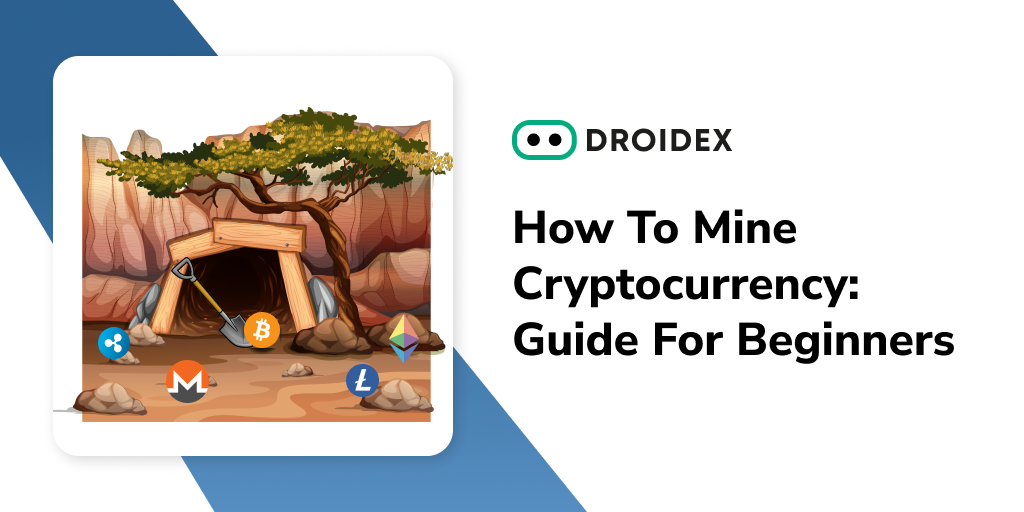Cryptocurrency has taken the financial world by storm, and mining is one of the key ways to acquire these digital assets. Mining cryptocurrency involves solving complex mathematical problems to validate and secure transactions on a blockchain network. It not only allows individuals to earn cryptocurrency but also plays a crucial role in maintaining the decentralized nature of these digital currencies. If you’re a beginner interested in mining cryptocurrency, this guide will provide you with a step-by-step process to get started.
Understanding Cryptocurrency Mining

Cryptocurrency mining is the process of validating transactions and adding them to the blockchain ledger. Miners use powerful computers to solve mathematical puzzles, which helps secure the network and maintain its integrity. As a reward for their efforts, miners earn newly minted cryptocurrency.
How to Mine?
1. Choose the Right Cryptocurrency to Mine

The first step in mining cryptocurrency is to select the right coin to mine. Bitcoin is the most popular and well-known cryptocurrency, but it’s also the most challenging to mine due to its high competition and energy requirements. As a beginner, it may be more practical to mine alternative cryptocurrencies, also known as altcoins. Look for coins that are easier to mine and have a lower entry barrier.
2. Selecting the Mining Hardware
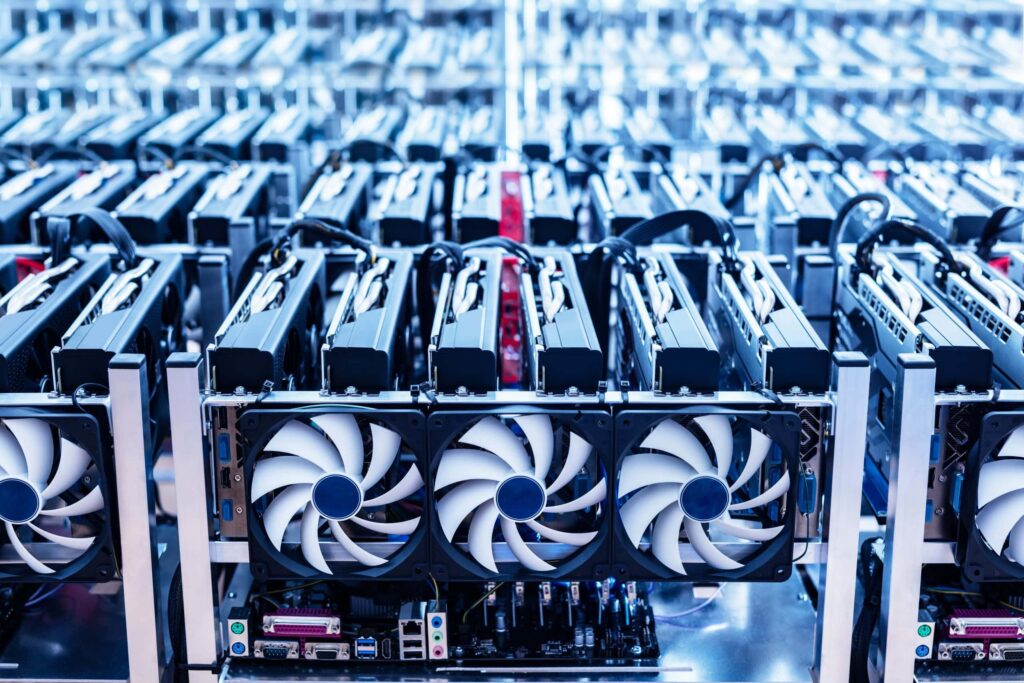
Once you’ve chosen a cryptocurrency to mine, you need to select the appropriate mining hardware. The hardware you choose will depend on the specific cryptocurrency you want to mine. In the early days of cryptocurrency, mining could be done using a regular CPU or GPU. However, as the industry evolved, specialized mining hardware called ASICs (Application-Specific Integrated Circuits) became the norm for many cryptocurrencies. Make sure to research and choose the hardware that offers the best performance and efficiency for your selected cryptocurrency.
3. Setting Up a Mining Rig
After obtaining the necessary mining hardware, you’ll need to set up a mining rig. A mining rig is a dedicated computer system designed to mine cryptocurrency efficiently. It typically consists of multiple GPUs or ASICs, a motherboard, power supply, cooling system, and other necessary components. Building a mining rig can be a complex process, but many online resources provide detailed guides and tutorials to help you through it.
4. Join a Mining Pool
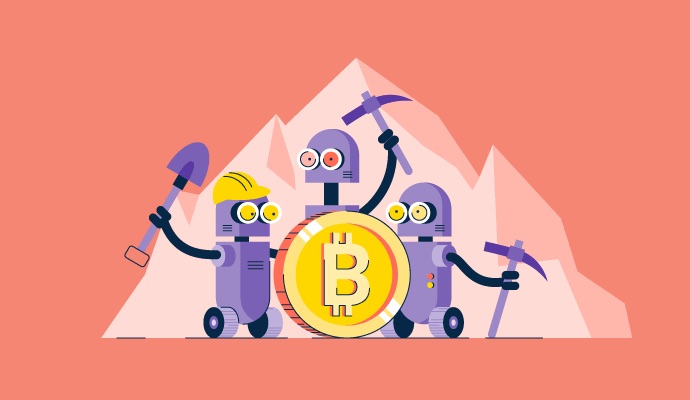
Mining on your own can be a challenging and time-consuming task, especially as a beginner. To increase your chances of earning cryptocurrency, consider joining a mining pool. A mining pool is a collective of miners who combine their computing power to mine cryptocurrency collectively. When a block is successfully mined, the reward is distributed among the pool members based on their contribution. Joining a mining pool allows you to earn a steady income from mining, albeit shared with other miners.
5. Install Mining Software

Before you can start mining, you’ll need to install the mining software on your mining rig. The mining software acts as a communication interface between your hardware and the cryptocurrency network. There are various mining software options available, depending on the cryptocurrency you’re mining and the type of hardware you’re using. Popular mining software includes CGMiner, EasyMiner, and Claymore’s Miner. Consult the documentation and online resources specific to your chosen cryptocurrency for detailed installation and configuration instructions.
6. Configure Mining Settings
Once you have installed the mining software, you’ll need to configure the mining settings. This includes specifying the mining pool you’ve joined, entering your wallet address to receive the mined cryptocurrency, and adjusting other parameters such as power usage and mining intensity. Take your time to understand the settings and make any necessary adjustments to optimize your mining performance.
7. Start Mining
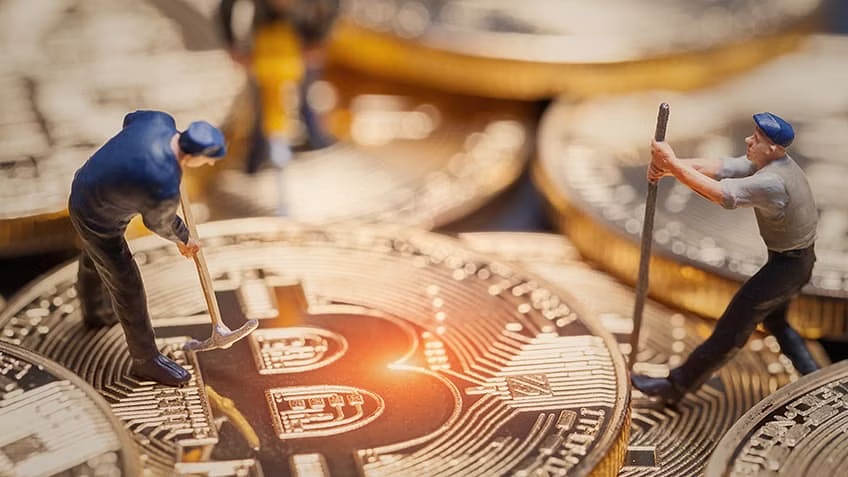
With your mining rig set up, mining software installed, and settings configured, you’re ready to start mining cryptocurrency. Launch the mining software, and it will begin utilizing your hardware to solve mathematical problems and mine new blocks. Depending on the complexity of the cryptocurrency you’re mining and the power of your hardware, it may take some time before you see results. Be patient and monitor the progress of your mining operation.
8. Monitor and Optimize
Mining cryptocurrency is not a set-it-and-forget-it process. It requires constant monitoring and optimization to ensure optimal performance. Keep an eye on your mining rig’s temperature, power consumption, and hash rate. Make adjustments as needed to maintain stability and efficiency. Additionally, stay updated with the latest developments in the cryptocurrency space, as changes in mining algorithms or difficulty levels may require you to adapt your mining strategy.
9. Secure Your Earnings

As you mine cryptocurrency, it’s crucial to secure your earnings. Set up a secure wallet to store your mined coins. A wallet can be a software application, a hardware device, or an online service. Research different wallet options and choose one that provides a balance of convenience and security. Ensure that you backup your wallet’s private keys or seed phrases in a safe location. This will protect your funds in case of any unforeseen events or hardware failures.
10. Stay Informed and Adapt

The world of cryptocurrency is dynamic and constantly evolving. Stay informed about the latest trends, technological advancements, and regulatory changes in the industry. Join online forums, communities, and social media groups to connect with other miners and gain insights. Be open to adapting your mining strategy based on market conditions, profitability, and technological developments. Flexibility and adaptability are key to success in the cryptocurrency mining space.
11. Consider the Costs
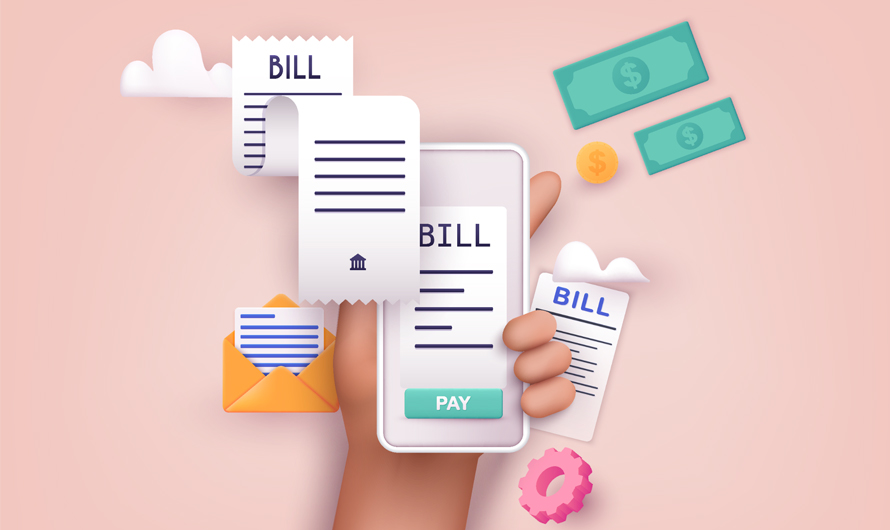
While mining cryptocurrency can be profitable, it’s essential to consider the associated costs. Electricity consumption is a significant expense in mining, as the computational power required to mine cryptocurrency can be energy-intensive. Ensure that you have a reliable and cost-effective source of electricity. Additionally, factor in the initial investment for mining hardware, maintenance costs, and any fees associated with mining pools or mining software. Calculate your potential profitability and assess whether it aligns with your expectations and financial situation.
Conclusion
Mining cryptocurrency can be an exciting venture for beginners entering the world of digital currencies. It offers an opportunity to earn cryptocurrency while contributing to the security and decentralization of blockchain networks. By following this guide and conducting thorough research, you can set up your mining operation and start your journey into the world of cryptocurrency mining. Remember to stay informed, adapt to market conditions, and prioritize the security of your earnings. Mining cryptocurrency requires effort and dedication, but with the right approach, it can be a rewarding endeavor.

